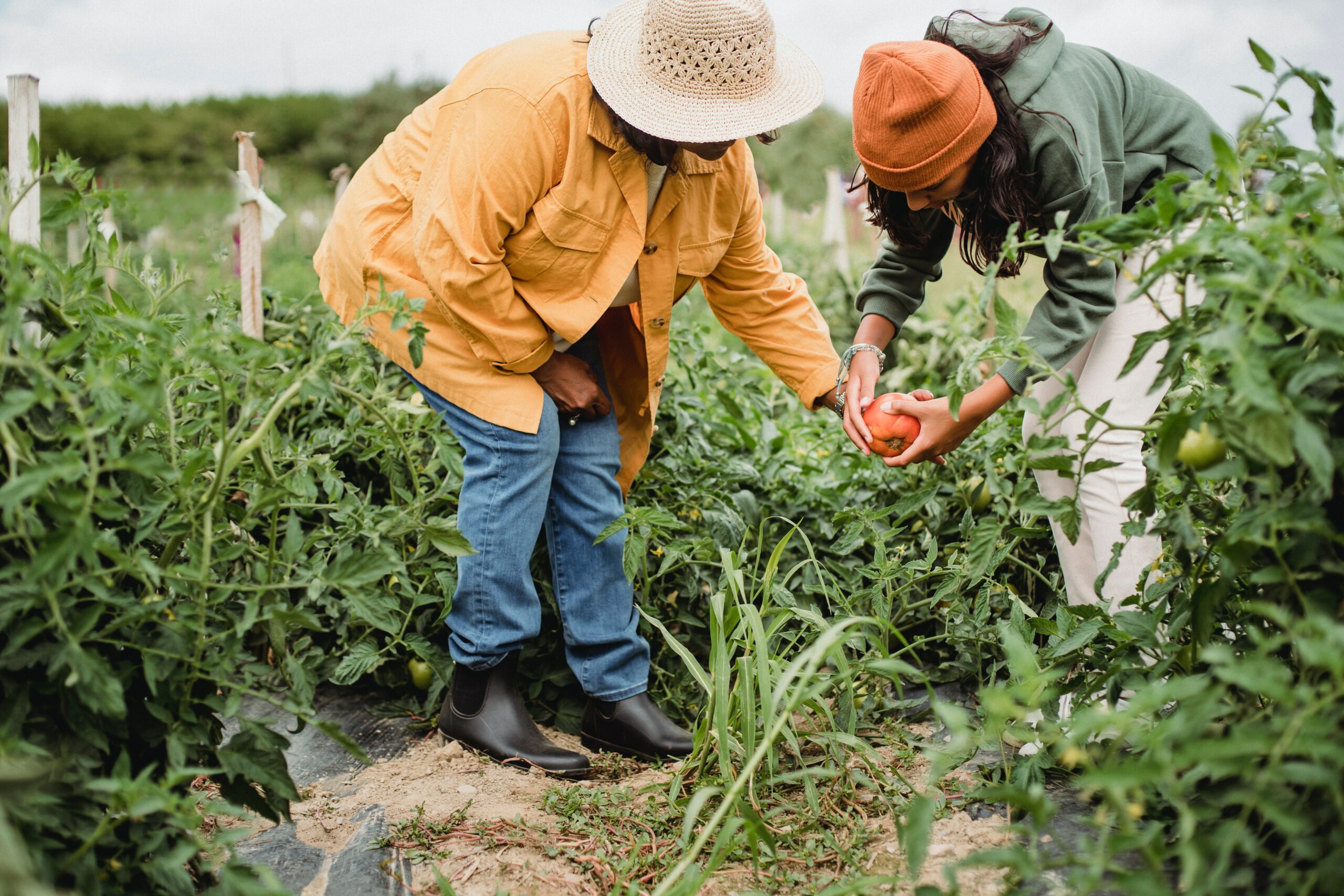Plan to make garden resolutions in 2023

JACKSONVILLE, Ill. — The new year provides us an opportunity to start anew, often in the form of New Year’s resolutions. It might be starting a vegetable garden, growing more flowers for pollinators, composting, mowing less, or scouting your garden.
Consider making a resolution/goal or two for the garden. Below are some of our gardening resolutions for 2023.
Chris Enroth:
Timeliness — Every year, I get sucked into the tractor beam of procrastination. When you garden for a living, gardening at home often takes a backseat. My articles, classes and videos to plant cool season crops in August takes priority over me actually practicing what I preach and getting seeds or plants in the ground at the opportune time. Anymore I live and die by my work calendar, so I will put actual appointments on my work calendar to go home and start seeds or get transplants planted. I’m tired of planning a garden to wind up not having enough time to garden.
Get to Know Sedges — Sedges are grass-like plants that are taking the horticulture world by storm. Many of the sedges we are seeing on nursery shelves are considered native to parts of North America, and some hail from Illinois. Sedges can be used as a groundcover or planted in mass to give a finer texture to a landscape bed. Originally, I had intended to order seed and get it sprouted over the winter, but see my first resolution for why that didn’t get done. In 2023 I hope to order a few flats of sedges to expand the landscape beds around my trees and create ‘soft landings’ for insects that inhabit the tree and fall to the ground over winter. Sedges on my list are Carex radiata, Carex pensylvanica, and Carex vulpinoidea
Emily Sidwell:
Expand my seed starting practice this winter. Last year was the first year we invested time, energy and resources to starting our own seeds, and the process was incredibly rewarding. We were able to grow a greater variety of cultivars which was exciting. Being able to harvest food from plants that my kids and I started from seed was thrilling.
Expand the quantity, variety, and season of cut flowers. We like to harvest and donate bouquets to our local elder care facility but were limited to the summer season last year. We plan to plant more early season flowers, late season flowers, and in succession, so our harvest season will be longer.
Ken Johnson:
Get organized. When doing presentations on various gardening topics, I often tell people to take notes on what they’re doing in and what’s going on in the garden. I admit I don’t do a very good job of practicing what I preach. When starting seeds, I’ll write down when I started them on the plant label, but that doesn’t do me much good the following year when I’m trying to remember when I started things. Or when I direct seed crops in the garden, I usually take a picture of the seed packet next to the row, only to never look at the picture again.
This year I’m going to keep notes on what we’re growing, so I don’t have to sort through seed packets or refer to old emails to try and figure that out. I’m also going to keep notes on when we start seeds and sit down and draw out a plan for our gardens so I know where I put things.
Grow something new. This is probably cheating since I try to grow something new every year. Growing something new allows you to experiment in your garden and expand your plant and garden knowledge.
My family and I go through garden catalogs every year looking for something new to grow, either a new crop/plant or cultivar of something we’ve previously grown. Through the years, we’ve grown peanuts, cotton, passionflower, artichokes, Carolina Reapers, and a variety of different snapdragon cultivars, among others. Sometimes these plants are one-and-done; others, like cotton and passionflower, we’ve incorporated into our landscaping and expanded our plantings.
Miss Clipping Out Stories to Save for Later?
Click the Purchase Story button below to order a print of this story. We will print it for you on matte photo paper to keep forever.

